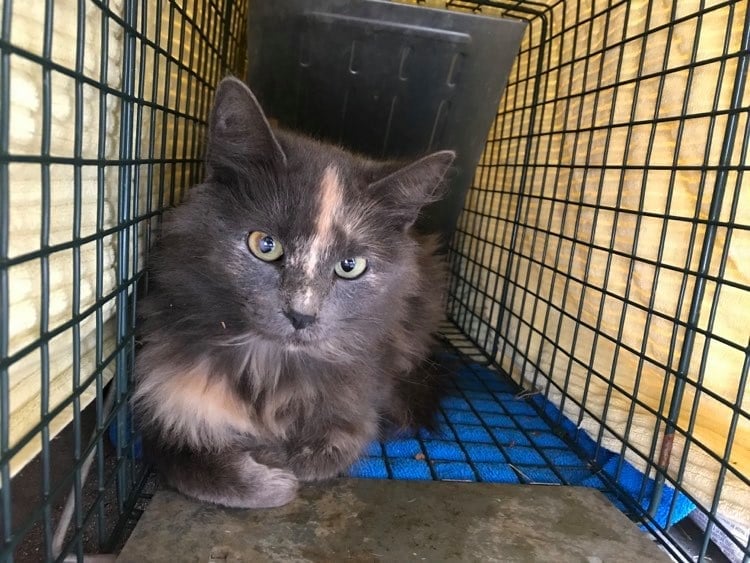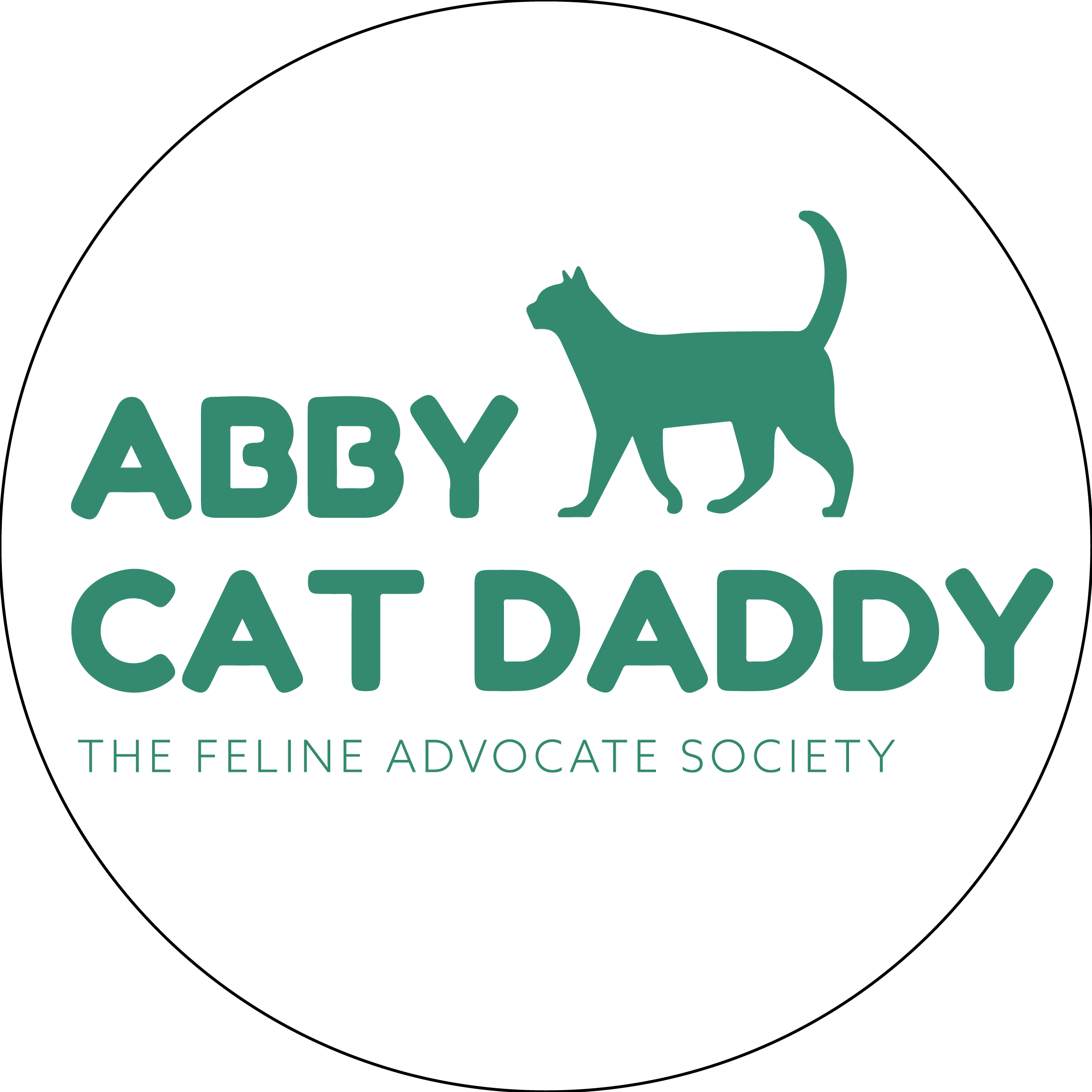If you’ve been following me (Abby Cat Daddy) for a while then you have most likely have read the acronym TNR; but what is it exactly?
TNR means Trap, Neuter, Return. This is the method most commonly used in North America for community cat population management. It is the most effective and humane option out there as well.
When a TNR group is notified of community cats living in an area, they go out and look it over to ensure there’s no immediate threat to the cats, they then set up feeding stations to build up a routine with the cats to get them ready for trapping. Once a routine is established the team will then not feed the cats the day before to ensure that the cats are hungry, they then place out the live traps with food to attract the cats, once the cat enters the cage far enough it automatically closes. Once the cats are all caged they are then brought to the vet for sterilization surgeries! The cats will be spayed or neutered, vaccinated with the appropriate vaccines, dewormed, flea treated and receive pain medications by injection along with an ear tip to identify them later on as already been TNR’d. Once the cats are done the vets will put them back into their traps with a bit of food while they recover from the anesthesia. Once fully awake and they have eaten, the TNR team brings them back to where they were trapped and released.

But why do they return the cats? TNR groups will return cats to where they were found for numerous reasons. But mainly because that is the cats’ home. That area is what they know and it will continue to provide for them or they wouldn’t be there in the first place. Groups will also seek out a caretaker in each of these areas to ensure they get adequate food and shelter, and to monitor the cats for illness and injuries. Another reason we bring cats back is called the “vacuum effect”; which is what happens if we remove cats from an area, other cats will move in as the territory is no longer claimed and the cycle will just continue. You can learn more about the “vacuum effect” by clicking here.

Besides the obvious benefit of reducing the number of community cats having kittens, we are also improving their quality of life by getting them vaccinated, neutered cats are also less likely to develop many common diseases, less likely to fight and contract viruses and infections. The other benefit for people sharing the same area is that the cats aren’t fighting or mating so noise complaints drop drastically AND cats are less likely to spray after getting neutered. It’s a WIN-WIN for the cats and the humans!
When TNR groups discover cats with medical issues or kittens, they will make sure they get the care they need by whatever process their respective organizations have. Remember, the main goal is to community cat population control in the most humane way possible, while honouring each and every cat that we come across for who they are and not for who we want them to be.
**Added shortly after posting; but it is important to note that the vet (or the volunteer) will check the cat for ear tip, tattoo and chip before proceeding with the operation. So if it is someone’s cat who has gone missing we may connect them once again.



Leave a Reply